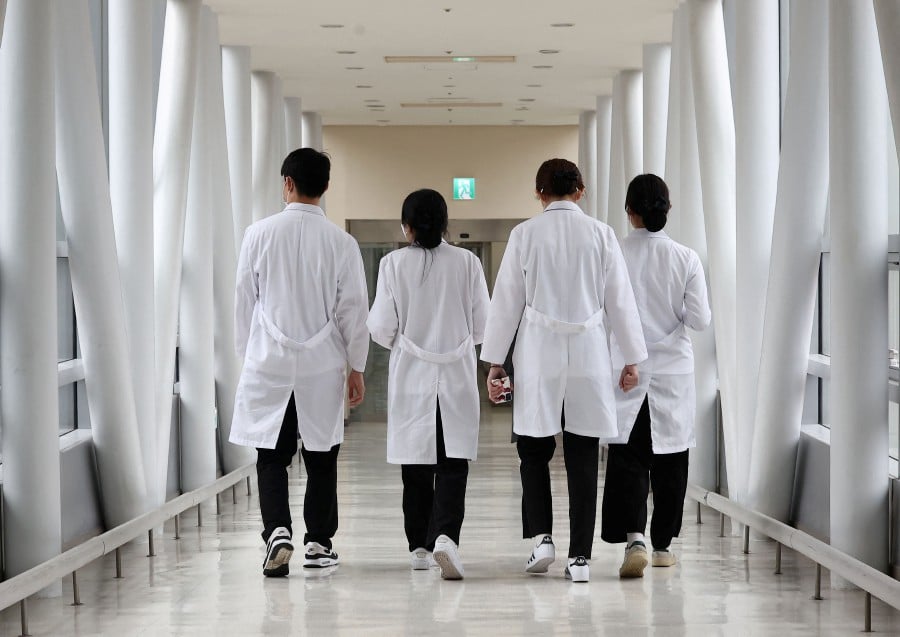BY 2030, Malaysia's population is estimated to be 38 million people. As the population grows, so will its healthcare needs. This is especially so when it comes to medical specialists.
Based on the Health Ministry's figures, there were 8,953 specialists last year. If percentages of specialists to non-specialists are of any help — they are for planning purposes — developed countries have between 41 and 60 per cent.
Malaysia came in at 15.7 per cent, wrote Dr Hirman Ismail of the Health Ministry's Medical Development Division in the Malaysian Journal of Medical Science on April 18 last year.
If percentages are hard to wrap the mind around, try ratios. With some help from the Academy of Medicine of Malaysia (AMM), we learn that Malaysia has four specialists for every 10,000 people.
If media reports are right, our public health service needs 28,000 specialists by 2030. To jump from 9,000 to 28,000 in six years is quite a leap.
Perhaps this is why only half of the 140 or so government hospitals around the country are manned by specialists. Public hospitals and health institutions aren't the only ones facing shortage of specialists.
Public universities, too, are in deficit of specialist lecturers. Estimates vary, but at least several thousands are needed to meet the 2030 target of 28,000 specialists.
Can Malaysia produce 28,000 specialists in six years? Yes, if two things happen.
Firstly, the government must keep the attrition rate — one media report put it at 890 specialists between 2018 and 2022 — to the barest minimum, says an ophthalmologist who doesn't want to be named. This may be due to either push or pull factors.
While the pull factors — mostly "offers that can't be refused" from hospitals in Australia, Britain and the United States — are really hard to deal with, the push factors are within the public hospitals' control. Burnout is one issue among specialists that the Malaysian Medical Association highlighted as recently as February.
Yes, specialists — though only in certain patient-heavy departments — suffer burnout, too. Who wouldn't if you work your normal hours from 8am to 5pm and then begin your on-call duty from 5pm to 8am?
Secondly, all the players from the Health Ministry, Higher Education Ministry, MMA to AMM must work together to help meet the 2030 target. The good news is, it is already happening. Expediting the process of churning out the specialists is certainly a no-no.
Currently, it takes four years of postgraduate study at the 11 public universities and one private university. To keep to the international standard, the four-year study period must be maintained.
According to the ophthalmologist, the passing rate is high. There is something else that can be done to ensure Malaysia is able to produce the number of specialists it wants.
The answer lies in the Health Ministry's "parallel pathway", which is really a fellowship programme doctors enrol in while working their "burnout" hours. Done this way, it takes anything between five to six years.
But the passing rate is low, says the ophthalmologist. Understandably so. Directors of hospitals where the doctors work can help by putting them on half a shift while the other half is used for study.
By advancing the doctor's goal, the hospital attains its own.





